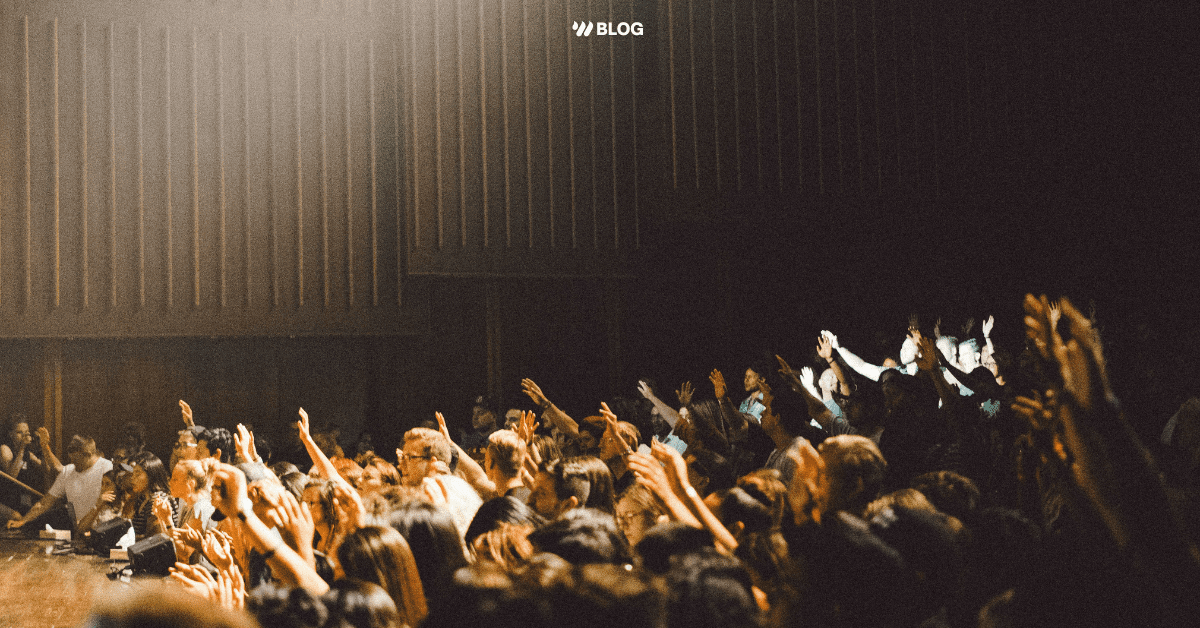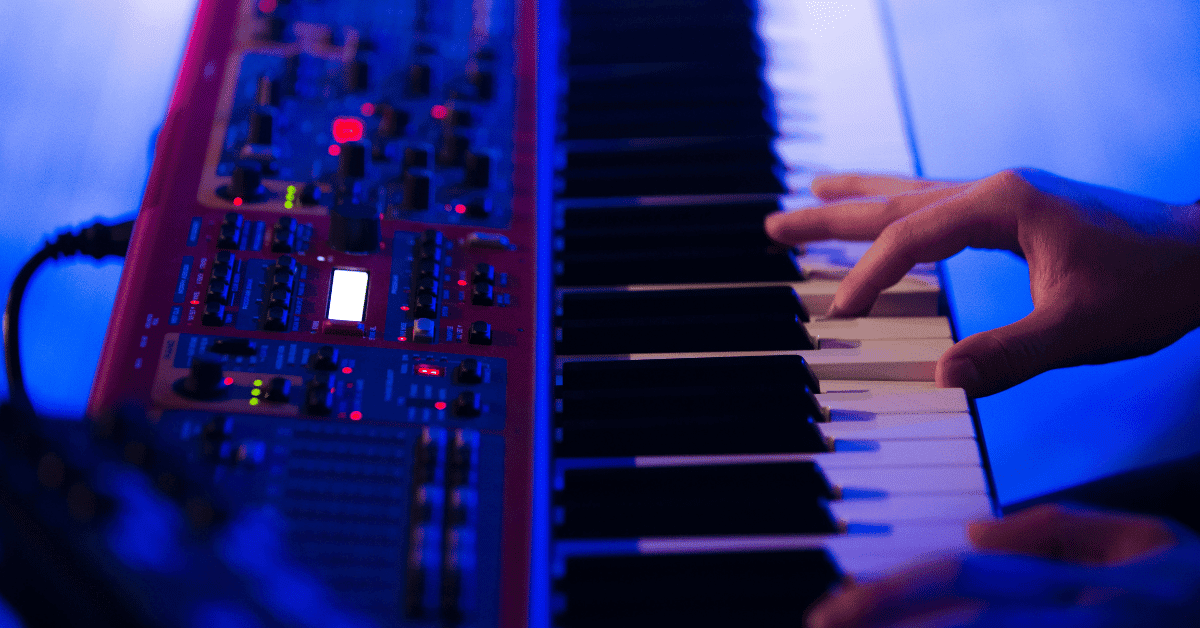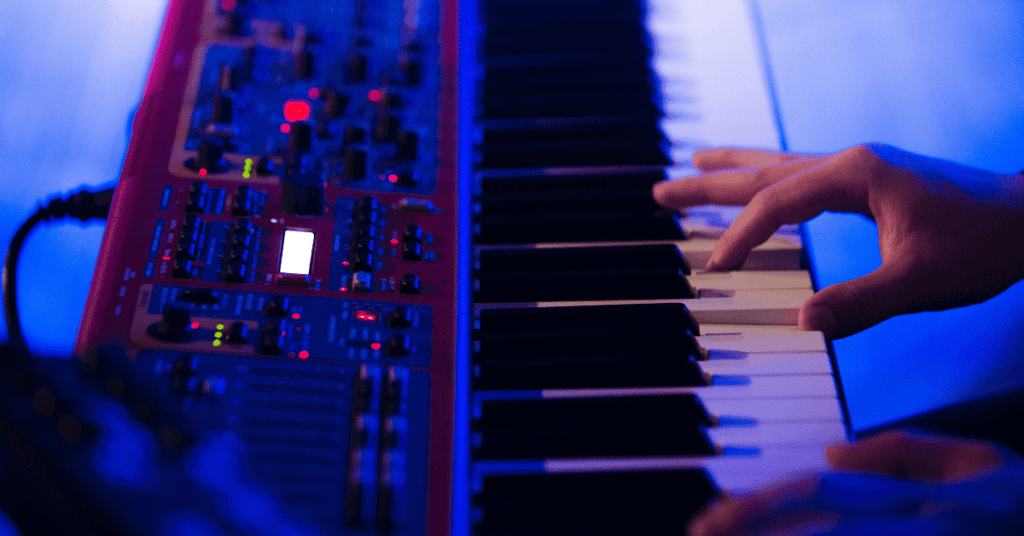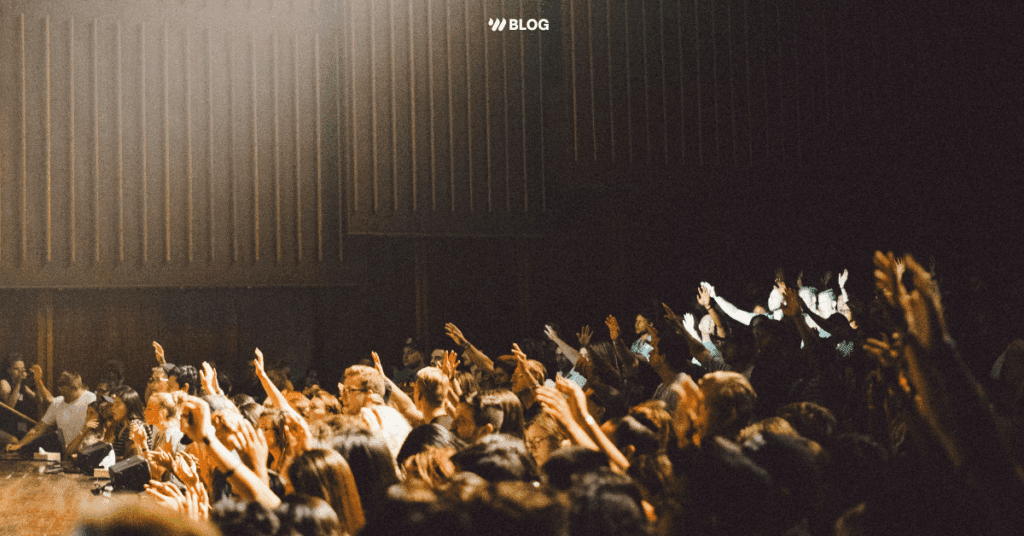Modulation is a broad category of effects that isn’t necessarily vital for a pedalboard, but without a doubt adds a level of depth and creativity to a guitarist’s sound.
Certain modulation effects are such powerful tone-shapers that they can instantly transport a listener to a specific place or era. Don’t overlook how powerful they can be for your rig.
The worship culture has seen a number of different modulation trends over the years, but there hasn’t really been anything that’s specifically defined it. Remember, there aren’t any rules. Experiment and try combining different effects to get new sounds that haven’t been done before. These effects can be used to define your own personal sound or stir up some inspiration.
Sometimes, modulation can get a bad rap in the worship world, especially if it’s not vibrato/chorus. It’s true that certain sounds can feel out of place or even cheesy at times, but to me, it’s all about taste and context. I love the challenge of molding a sound into something inspiring. I choose to think bigger than just throwing on a phaser at a standard-setting then giving up on it while concluding that it makes a part sound psychedelic.
What is Modulation?
In short, modulation is varying one or more properties of something. This could be pitch, volume, a filter, or a wide variety of other parameters.
Many effects commonly use something called an LFO (Low-Frequency Oscillator) to do the modulation, but it can also be done using your foot (i.e. a Whammy pedal). There are many technical details that aren’t necessary for this article and can be researched on greater depths, but the important concept to remember is that modulation adds movement.
Types of Modulation Effects
The amount of effects on the market is almost overwhelming sometimes, but below are some of the most common types you can start exploring.
Chorus
Chorus is probably the first effect most guitarists think of when they think of modulation. In short, it works by changing the pitch of a delayed signal at a specific rate. Faster rates can create a more apparent effect while slower can feel more “dreamy”. The Police is a famous example of a band that used chorus consistently.
I personally prefer chorus with cleaner sounds as it feels a little more at home to my ears. When thrown on a more driven rock tone it can sometimes sound like it’s trying too hard. But remember, there are no rules so feel free to experiment. I don’t use chorus a lot lately, but I do love it on lower string parts. I used it in verse 2 of Heaven Fall by The Belonging Co.
Vibrato
Vibrato is simply 100% wet chorus. It has a bit more sharp, lo-fi, vocal-like quality to it. Some vibrato pedals use a triangle LFO instead of a sine (many chorus pedals’ softer waveform) to give it those qualities.
Vibrato is a rather common effect, especially at faster rates. It’s very easy to use in most parts to add character. Using it with washy ambient parts can really add depth. Pedals that have controls for the lag/voice/delay can really make unique tones for leads.
Phasers and Flangers
I’m combining these two because they get confused rather often as they both get their sound by introducing phasing.
The difference from a technical standpoint: phasers modulate all-pass filters to create peaks and notches in the signal, while flangers duplicate the signal and modulate the delay time.
From a less technical standpoint: Phasers sound more resonant, vowel-like, aggressive (at moderate levels), psychedelic, and to me, more “synthy”.
The instrumental of Tame Impala’s “Let It Happen” or most of Washed Out’s songs are good references for the sound. Flangers have a more “whooshing” airplane-like sound with a sweeping pitch. The most famous example I can think of is Heart’s “Barracuda” (fun fact: the first song I learned on guitar).
These effects haven’t been used in modern worship very often, but that doesn’t mean they don’t have their place. It’s all about how you apply it. I’ve loved using phasers with vibey palm muted parts, and flangers with extreme settings for detuned rotary-like sounds. Flangers at milder settings can make the midrange come out nicely. Break the rules and have fun.
Vibe
Vibe is much different than chorus or vibrato – it’s pretty much a phaser. To me, it has a bit more of a pulse. Some vibe pedals have chorus and vibrato modes, which is most likely refers to dry/wet amount and LFO shape more so than making it sound like those effects.
Rotary
Based on the rotating speaker in a Leslie cab for Hammond organs, rotary effects sound like a combination of chorus, phaser, and tremolo. I’ve loved using this effect with all sorts of parts, especially at higher rates. I find it great for pop guitar parts as well as ambient leads.
Tremolo
Every worship guitarist is probably familiar with tremolo. It’s a rather clean modulation effect that affects the amplitude of the signal. In my opinion, most tremolo pedals are incredibly similar and mainly vary in waveform selection (which affects how sharp or abrupt the effect sounds).
Lately, I have placed it at the end of my chain with lower depths to make long reverb trails slightly choppy. Most people place it before wet effects, but don’t feel like there’s one way to do it.
Wah and Envelope Filters
Most people don’t think of a wah pedal as modulation, but it technically is. It’s a filter that’s modulated by your foot. I think there’s plenty of room to experiment with filter effects in worship in the non-traditional, rock ’n roll solo vibe. It’s a great alternative sound to rolling off the tone on your guitar. Don’t feel like you have to aggressively sweep it like Zakk Wylde or Jimi Hendrix if you get one.
Modulating Wet Effects
Modulation is probably most commonly used is when it’s applied to other effects like delay and reverb. This helps create organic, wide-sounding spaces rather than sterile repeats of what’s played. Increasing the modulation applied to stereo wet effects typically widens the signal because it makes the left and right channels different from each other. (This is why non-identical stereo amps can sound a bit wider).
In the end, modulation is a fun territory to explore and is worth your time to experiment with. It can sound terrible or be the thing that makes a part “signature”. This is risky, but so is the definition of creativity.
What are some ways you have used modulation creatively when playing guitar? Comment below!
You may also be interested in these resources!
- The Ultimate Guide for Using Compressor Pedals in Worship
- What Does It Mean to Be a Creative for God?
- Guitar Technique: How to Play Faster and Cleaner with Benjamin Forehand
- Worship Guitar Tone Master Class
- How to Build Creative Guitar Sounds for Worship






